Smyrna gas wells to be drilled through water aquifer
NORWICH – Two natural gas wells scheduled to be drilled in Smyrna in the coming weeks are within an extensive fresh water aquifer that holds drinking water reserves for the towns of Smyrna, Sherburne and North Norwich.
The Y-shaped reservoir encompasses approximately seven miles. Based on a 1984 U.S. Geological Water Resources Investigation, the stratified drift (gravel and sand overlying bedrock) aquifer, in the valley area from Smyrna Village south through Sherburne Four Corners, and south to North Norwich, thickens from about 120 feet near Smyrna Village to more than 300 feet in the North Norwich area. Similarly, the aquifer is approximately 100 feet thick near Sherburne Village, and thickens to the south along the Rt. 12 corridor to North Norwich. The water-table and confined aquifers within the valley hold at least 19.6 billion gallons of usable ground water in storage.
The New York State Department of Environmental Conservation requires enhanced practices and procedures pertaining to drilling wells through aquifers. More stringent regulations concern the conductor pipe, surface hole and setting and cementing the casings, confirmed a DEC spokesperson on Monday.
For the surface casing, the setting depth is increased; greater annular volume may be required; and more cement must be used to increase the likelihood of excessive cement returns. A conductor pipe with greater yield pressure characteristics are mandatory. DEC inspectors must be notified and witness the cementing of the surface casing. Also, pit fluids must be removed more quickly.


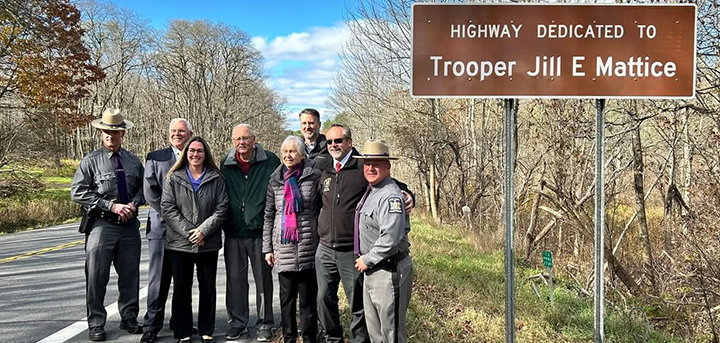

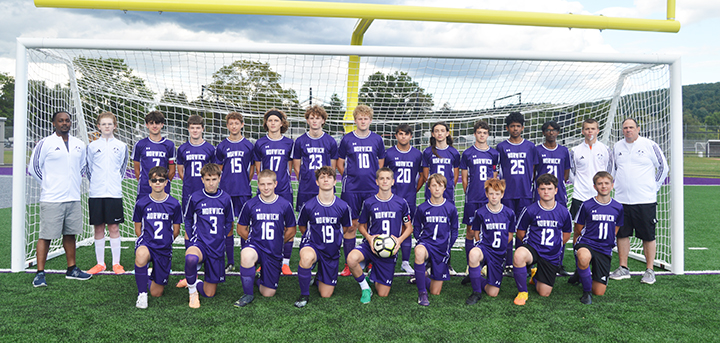
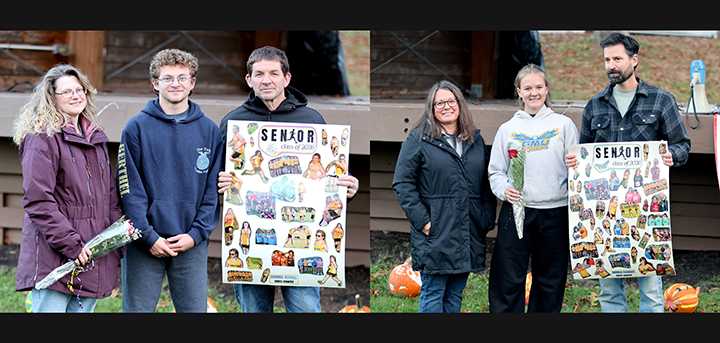
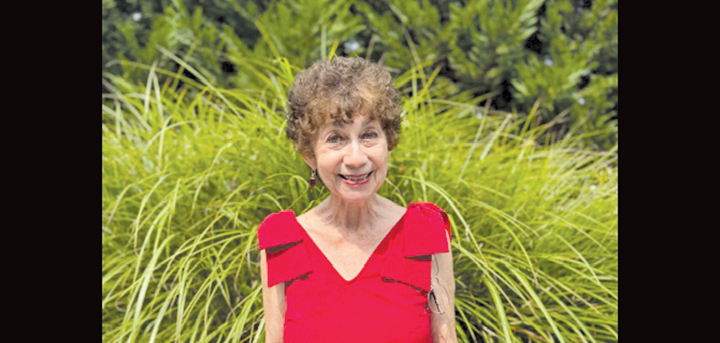

.jpg)
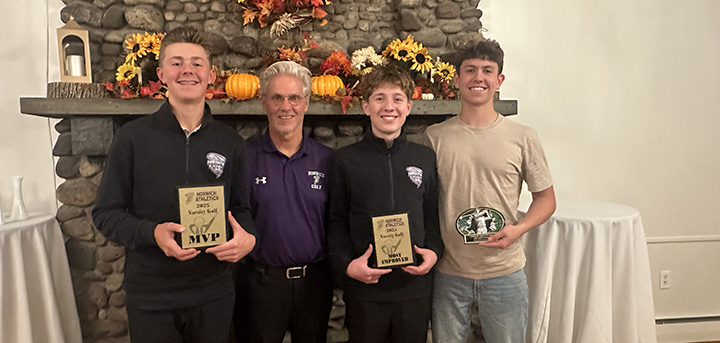


Comments